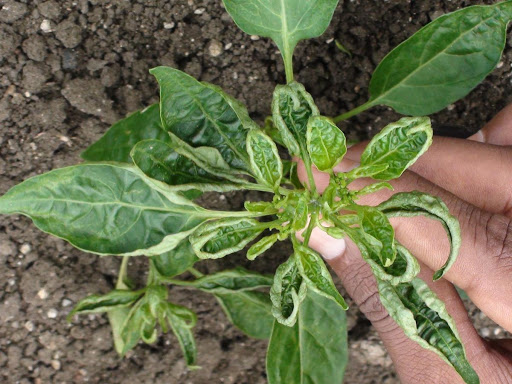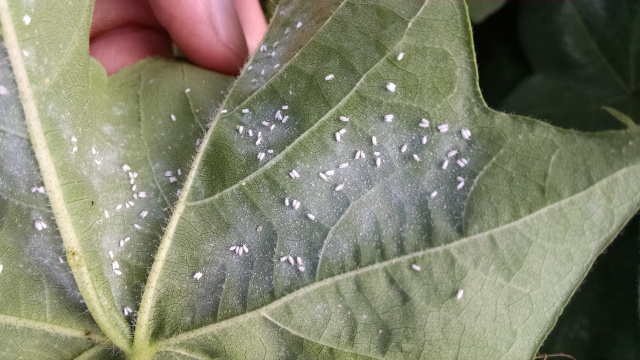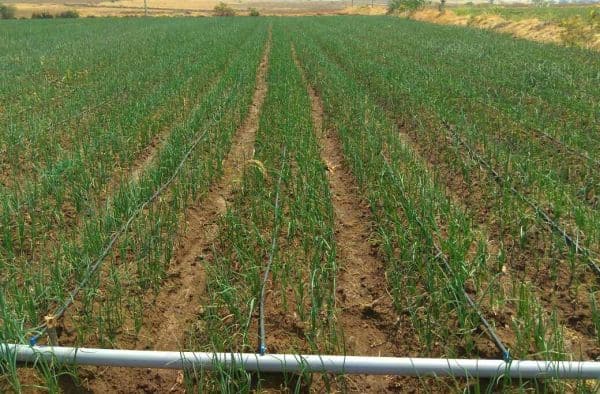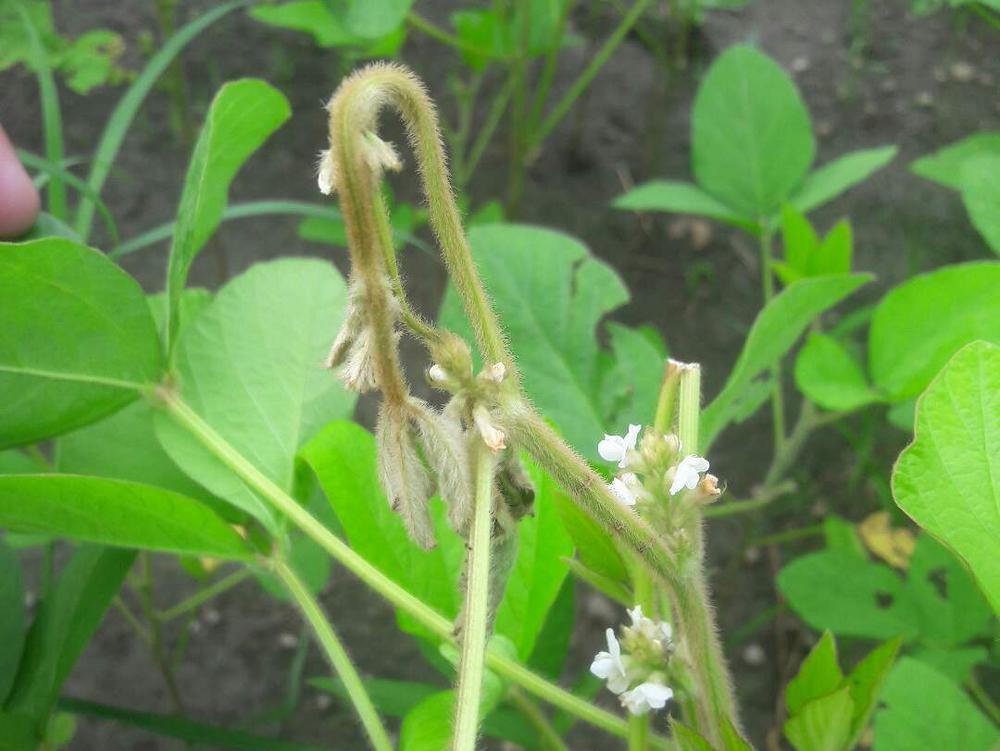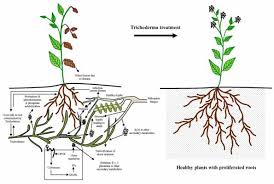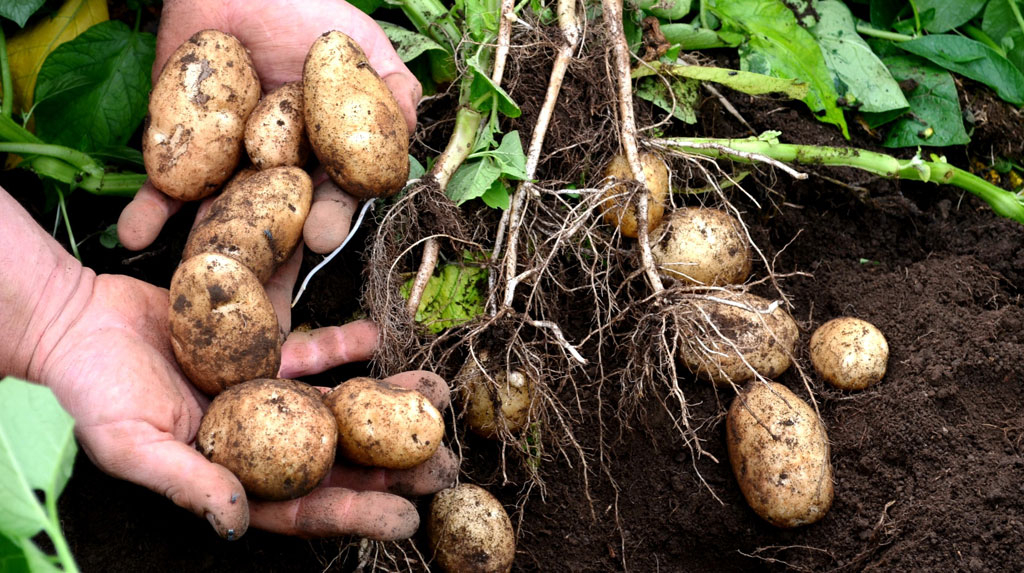- Sucking pest whitefly are the main vectors of leaf curl virus in chilli
- The whitefly spreads the virus known as Chura-mura (leaf curl virus) which also causes leaves to be damaged.
- Ripe patches are formed on the mature leaves and the leaves are shredded into small cuts.
- This can cause the leaves to dry or fall, and also inhibit the growth of chilli crops.
- Use PRAVENTAL BV @ 100 gram / acre for this virus caused problem
- For vector control spray FIPRONIL 5% SC @ 400 ml / acre .
- or Spray ACEPHATE 50 %+ IMIDACLOPRID 1.8 %SP @ 400 gram / acre or LAMBDA CYHALOTHRIN 4.9 % CS @ 250 ml / acre or ACETAMIPRID 20 % SP@ 100 gram / acre
- METARHIZIUM @ 1 kg / acre or BEAUVERIA BASSIANA @ 250 gram / acre
Banks have given big relief to farmers, will not have to pay 50% interest of loan
A major decision has been taken by the government to provide relief to the farmers. A lump sum agreement scheme has been approved in the interest of farmers taking loans from cooperative land development banks.
Under this, the term loan interest and punishable interest of the farmers taking loan is up to 50% waived. After this decision, now farmers will have to pay about 239 crores less as interest.
Such indebted debtor farmers who have died, From the date of death of the farmer, the entire outstanding interest, penal interest and recovery expenses have been completely waived.
Source: Krishi Jagran
ShareSymptoms and control of whitefly in cotton
- This pest causes a lot of damage in cotton crops in both the stages of its life cycle i.e. nymph and adult.
- They suck the cell sap of cotton plant leaves and inhibit plant growth.
- This insect also causes infection of a harmful fungus known as black fungus that grows on the plant.
- In the situation of high infestation, the cotton crop has the potential to become fully infected.
- Even after the crop is fully developed, there is a chance of infestation of this pest which causes the leaves of this crop to dry up and fall.
- Management: – For the control of this pest,DIAFENTHIURON 50 % WP@ 250 gram / acre or FLONICAMID 50% WG@ 60 ml / acre or ACETAMIPRID 20 % SP @ 100 gram / acre or PYRIPROXYFEN 10 % + BIFENTHRIN 10% EC@ 250 ml / acre
Spray Management in Onion Nursery
- It is very important to spray management within seven days of onion nursery sowing.
- This spray is used for fungal diseases, control of insect and nutrition management.
- Onion nursery gets a good start with the help of this spray.
- Spray CARBENDAZIM 12% + MANCOZEB 63% @ 30 gram / pump for fungal diseases.
- For pest management, THIAMETHOXAM 25% WG @ 10 gram / pump.
- For Nutrition Management Spray Humic Acid @ 10gram / pump
1.22 crore farmers get benefit of Kisan Credit Card Scheme
The Corona epidemic has caused much distress to farmers. During this time, care was taken by the government to ensure that there is no shortage of money for the farmers and according to the data released by the central government, till August 17, 2020, 1.22 crore Kisan Credit Cards were issued across the country.
All these Kisan Card holders have also been sanctioned with a loan limit of Rs 1,02,065 crore. The Government believes that this will help in reviving the rural economy and speed up the pace of development of the agriculture sector.
Source: Kisan Samadhan
ShareImportance of soil samriddhi Kit
- Gramophone offers samriddhi kit for Rabi crops.
- This kit plays an important role in plant growth by converting essential nutrients found in soil into a soluble form.
- It eliminates harmful fungi found in soil and prevents damage to the plant
- This product is made of high-quality natural ingredients which helps in increasing the activity of microorganisms in the soil,
- It improves the pH of the soil and provides a good start to the roots ensuring its full development, which leads to good production of the crop.
- Improves soil structure, does not reduce the availability of nutrients in the soil, promotes root growth by improving nutrients through the root system
- It also increases absorption of nutrients from the soil by roots.
- It plays an important role in the development of crops by decomposing the crops residues in the field, turning them into useful manure.
Girdle beetle management in soybean
- This pest causes lots of damage to soybean crops.
- When the female Girdle beetle lays eggs inside the stem and after the eggs hatches, young beetles feed on the same stem and damage it.
- This makes the stem hollow, causing the nutrients to not reach the leaves, resulting in dried leaves, which affects the crop production.
- Mechanical Management: –
- Do deep plowing in an empty field during summer. Avoid sowing more dense crops.
- Do not use high nitrogenous fertilizers, if the infection is very high, use appropriate chemicals.
- Chemical Management: –
- LAMBDA CYHALOTHRIN 4.9 % CS @ 200 ml / acre or PROFENOFOS 40 % + CYPERMETHRIN 4% EC @ 400 ml / acre
- QUINALPHOS 25% EC @ 400 ml / acre or BIFENTHRIN 10 % EC @ 300 ml / acre
- THIAMETHOXAM 25% WG @ 100 gram/acre + FENPROPATHRIN 10% EC@ 400 ml / acre
- Biological Management: –
- BEAUVERIA BASSIANA @ 500 gram / acre
Rain breaks all records in Madhya Pradesh, life is disturbed
For the last three days, clouds have been raining in many districts of Madhya Pradesh. Especially the capital Bhopal and the economic capital Indore were affected by the heavy rains. In many neighborhoods of both cities, water logging took place.
The capital Bhopal received 8.5 inches of rain in just 24 hours, which is the record for one day of rain in August after 14 years. In Indore, for the first time in 100 years, it rained 12.5 inches in one day for the first time in this monsoon, all 52 districts received rains.
Around 300 people were rescued by boat due to rising water level in Khan river in Indore. Barodia Nipania road has been closed for traffic due to the dam burst in Malwa district.
Source: NDTV
ShareWhat is Trichoderma
- Trichoderma is a biological fungicide.
- It is a very effective biological tool for plant disease management,
- Trichoderma is a powerful biocontrol agent and is used extensively for soil-borne diseases such as Fusarium, Phytophthora, Sclerosis, etc.
- Trichoderma also acts as a growth agent, nematodes are also controlled if it is used as a protective form.
- It is also used for seed treatment, germination occurs very quickly by treating seeds, as well as protection from seed-borne diseases.
- Trichoderma is used as an effective controller of root rot, stem rot, wilt disease, etc.
Importance of Nitrogen Bacteria for Potato Crop
- Nitrogen bacteria is a very important bacteria for potato crops.
- The use of nitrogen bacteria as soil treatment before sowing brings great benefits to the crop.
- These bacteria live freely around the soil and plant roots and convert atmospheric nitrogen into nutrients and provide them with the plants.
- Nitrogen bacteria also produce hormones that increase the yield of potato plants, which aids in crop growth.
- Using these, the yield of the crop increases by 10-20 percent.
- This organic fertilizer can partially complete the nitrogen requirement of plants.
- About 15 to 20 kg of nitrogen per hectare can be saved by the use of nitrogen bacteria.

